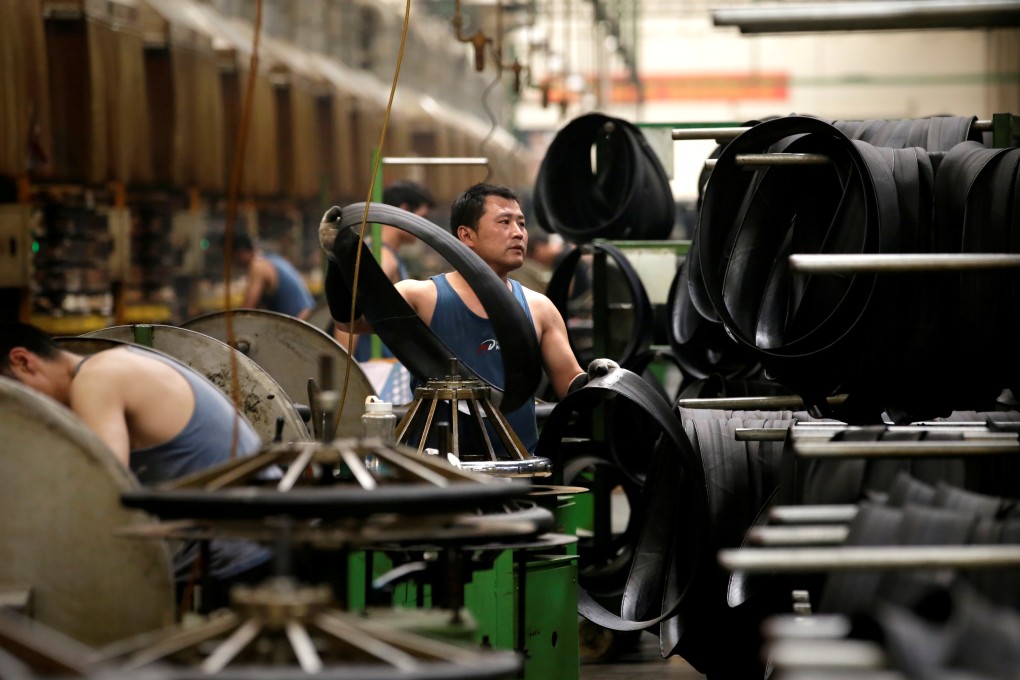China’s exports fell unexpectedly in August as US trade war continues to slam industrial economy
- Shipments dropped 1 per cent despite analysts forecasting further growth after 3.3 per cent rise in July
- Imports remain cause of concern for Beijing after falling 5.6 per cent in August, meaning they have only grown in one month in 2019

China’s exports fell unexpectedly in August as the trade war with the United States continued to hit the world’s second-largest economy.
July’s expansion now seems like an anomaly, likely driven by front-loading as new tariffs of 15 per cent on about US$110 billion of Chinese goods that took effect on September 1. American buyers of Chinese goods subject to the new tariffs were likely to have filled their inventories as much as possible before the goods became more expensive to import.
Furthermore, the much-reported 3.8 per cent depreciation of the yuan in August failed to stop the decline in exports – despite Washington’s fears that it was being used to give China’s exporters an unfair advantage.
It is a far cry from the double-digit expansion that characterised the export machine that powered the Chinese economy for more than two decades.
China’s exports to the US in August dropped 16 per cent to US$37.3 billion, a stepper decline from the 6.5 decrease in July. Imports, meanwhile, dropped by 22.3 per cent to US$10.35 billion having decreased by 19.1 per cent in July. Overall, China now has a trade surplus of US$26.95 billion.